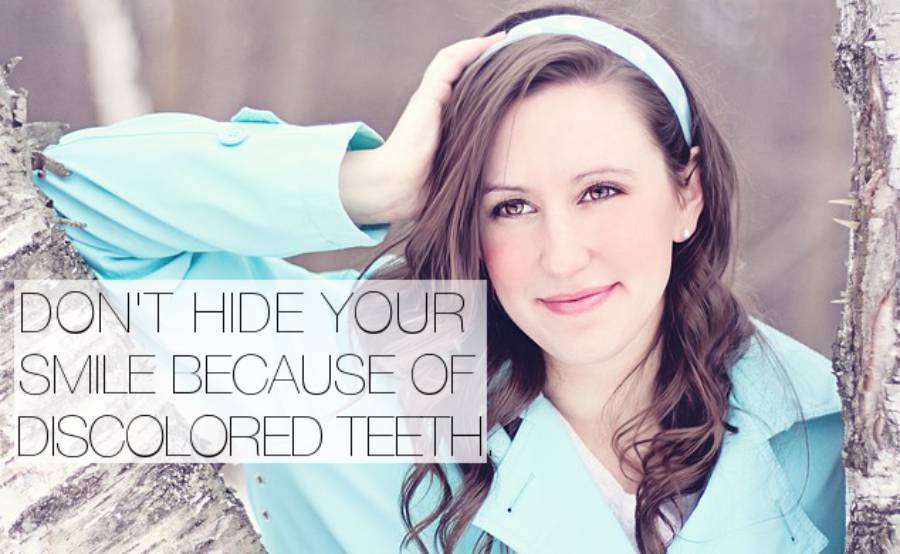There are many reasons why teeth can become discolored. Dentists have categorized these causes of tooth discoloration into 2 types: Extrinsic Tooth Discoloration and Intrinsic Tooth Discoloration.
Extrinsic Staining
This type of discoloration is usually superficial and appears yellow and spread out over the entire tooth. It’s normally a result of eating food or drinking beverages that have very strong colors in them. Probably the worst culprit is black tea, as the high concentration of tannins get caught in minuscule crevices in the teeth, leaving the tooth stained. Other sources of extrinsic discoloration are berries, coffee, red wine and smoking.
Intrinsic Staining
This type of discoloration is not usually spread out over an entire tooth, rather it’s usually small, localized and very dark. These stains are much deeper in the tooth and are basically built into the tooth. These stains appear most often as a side effect of some medications. They can also appear as a result of over an overexposure to fluoride, a result of disease, or as a result of the dentin layer of the teeth showing when the outer enamel layer erodes.
Have these stains? Luckily there are ways to clean or hide them. Generally removing extrinsic stains is much easier than dealing intrinsic stains, as intrinsic stains usually have to be hidden.
Whitening Extrinsic Teeth Stains
These stains can usually be removed by in-office teeth whitening or take home teeth whitening kits. You can also help avoid getting the stains in the first place by rinsing out your mouth with water after eating tooth staining food. Whatever you do, don’t brush your teeth after eating staining food, as staining foods are generally also acidic and brushing right after eating acidic food can erode the enamel layer of your teeth.
Whitening Intrinsic Teeth Stains
These stains usually can’t be treated by regular teeth whitening solutions and these stains need to be covered up. This can be accomplished through the use of dental veneers or dental crowns. These stains are harder to avoid, as they may be a result of an important medication you are taking. It’s also hard to know when your teeth are over-fluoridated until the stains already appear on your teeth. Luckily veneers and crowns cover up the stains and are not affected by staining from medication and fluoride.
For more information about stained teeth and what you can do about them, contact your dentist today.
